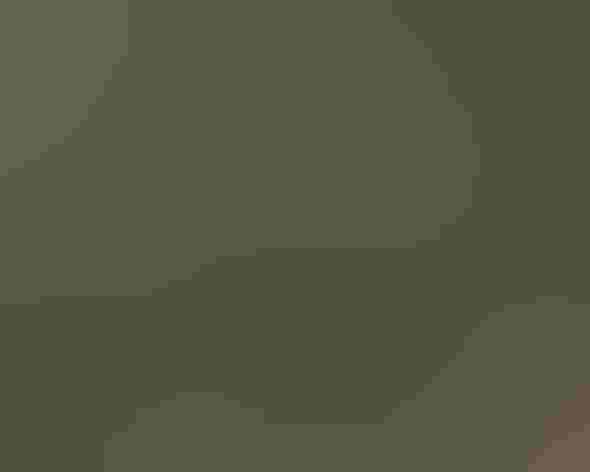Golden-cheeked Warbler
At a Glance
This beautiful bird is a central Texas specialty, nesting nowhere else in the world. It returns early in spring; by the end of March, males can be found singing from the tops of junipers on arid slopes in the hill country. Its total range and population are small, and recently it has faced a double threat: its habitat is disappearing as the area becomes more developed, and where it does still breed, cowbirds often lay their eggs in its nest.
All bird guide text and rangemaps adapted from Lives of North American Birds by Kenn Kaufman© 1996, used by permission of Houghton Mifflin Harcourt Publishing Company. All rights reserved.
Category
Perching Birds, Wood Warblers
IUCN Status
Endangered
Habitat
Forests and Woodlands, Shrublands, Savannas, and Thickets
Region
Texas
Behavior
Direct Flight, Flitter, Undulating
Population
110.000
Range & Identification
Migration & Range Maps
An early migrant in both spring and fall, arriving in Texas in March, departing mostly in August. Apparently migrates north and south through mountains of eastern Mexico. Single strays have reached California and Florida.
Description
4 1/2-5" (11-13 cm). Male's bright gold cheeks contrast with black crown and back, black eyeline. Female much like female Black-throated Green, may show darker eyeline, whiter belly.
Size
About the size of a Sparrow
Color
Black, Gray, White, Yellow
Wing Shape
Rounded
Tail Shape
Notched, Square-tipped
Songs and Calls
A buzzy zee, zoo, zeedee, zeep.
Call Pattern
Falling, Flat, Undulating
Call Type
Buzz, Chirp/Chip, Hi, Whistle
Habitat
Junipers, oaks; also streamside trees. Habitat specialist during the nesting season. Breeds on hillsides and slopes in mature woods of Ashe juniper, especially brakes of junipers 10-20' tall interspersed with deciduous trees such as oak, walnut, pecan, and hackberry. In winter in the tropics, found in mountain pine-oak forests.
Sign up for Audubon's newsletter to learn more about birds like the Golden-cheeked Warbler
Behavior
Eggs
3-4, sometimes 5. White to creamy, with flecks of brown concentrated at large end. Incubation by female only, 12 days.
Young
Both parents feed nestlings. Young leave nest about 9 days after hatching. Parents split up the fledglings, each adult caring for part of brood for 4-7 weeks. 1 brood per year.
Feeding Behavior
During the breeding season, forages in the upper two-thirds of junipers and deciduous trees, apparently never on the ground. Most common method of feeding is gleaning insects in juniper foliage, hopping among the branches. Also makes short flights out to catch flying insects. Beats caterpillars on branch and removes moth wings before eating or feeding to young.
Diet
Almost entirely insects. Feeds on caterpillars, green lacewings, small cicadas, beetles, ants, katydids, walking sticks, deer flies, crane flies, moths, aphids, true bugs, and others; also spiders.
Nesting
Males return to breeding grounds about middle of March. Females follow about 5 days later. Both sexes faithful to site, returning to previous year's breeding territory. In courtship, male fluffs feathers, and calls; occasionally displays by facing female and spreading wings. Nest: Female chooses site, usually in fork of juniper branches, sometimes in small oak, walnut, or pecan tree. Deep, compact, open cup nest, constructed by the female, always made of bark strips from the Ashe juniper. Also can include spiderweb, lichens, mosses, leaves, and grass. Nest lined with rootlets, feathers, and hair.
Conservation
Conservation Status
Very localized in range, now threatened by loss of habitat and by heavy parasitism of nests by cowbirds.
Climate Threats Facing the Golden-cheeked Warbler
Choose a temperature scenario below to see which threats will affect this species as warming increases. The same climate change-driven threats that put birds at risk will affect other wildlife and people, too.







